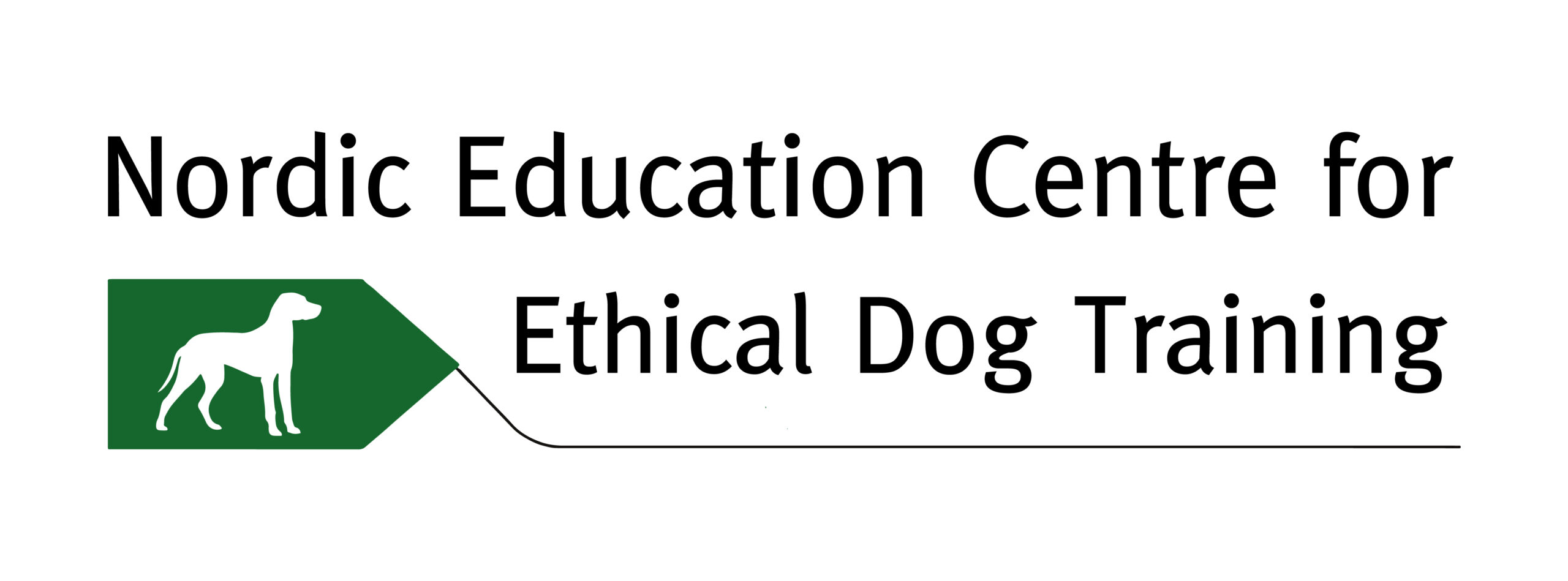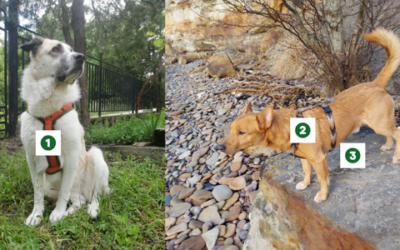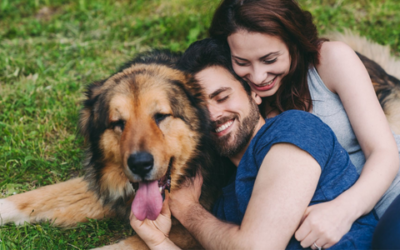What are a dog’s calming signals?
Alice and Samantha were born on Valentine’s Day in 2012. Although their entrance into the world was separated by a few minutes, they have been inseparable ever since. The identical twins eat together, play together and have similar interests and hobbies. The only significant difference being their approach to mathematics. Alice loves to solve maths problems while Sam’s face turns blue when she sees numbers and decimals.
The twins did everything together, but the family could see Sam trying to avoid studying maths with her sister. The parents were quite bemused and insisted that Alice should help Sam get over her problem with maths. When Sam tried to tell her parents that she wasn’t enjoying studying numbers, she was ignored and was forced to solve more problems.
“You’re not getting your drawing kit back if you don’t finish the homework,”
Sam’s dad exclaimed one evening. Sam cried in her room while Alice tried to console her sister.
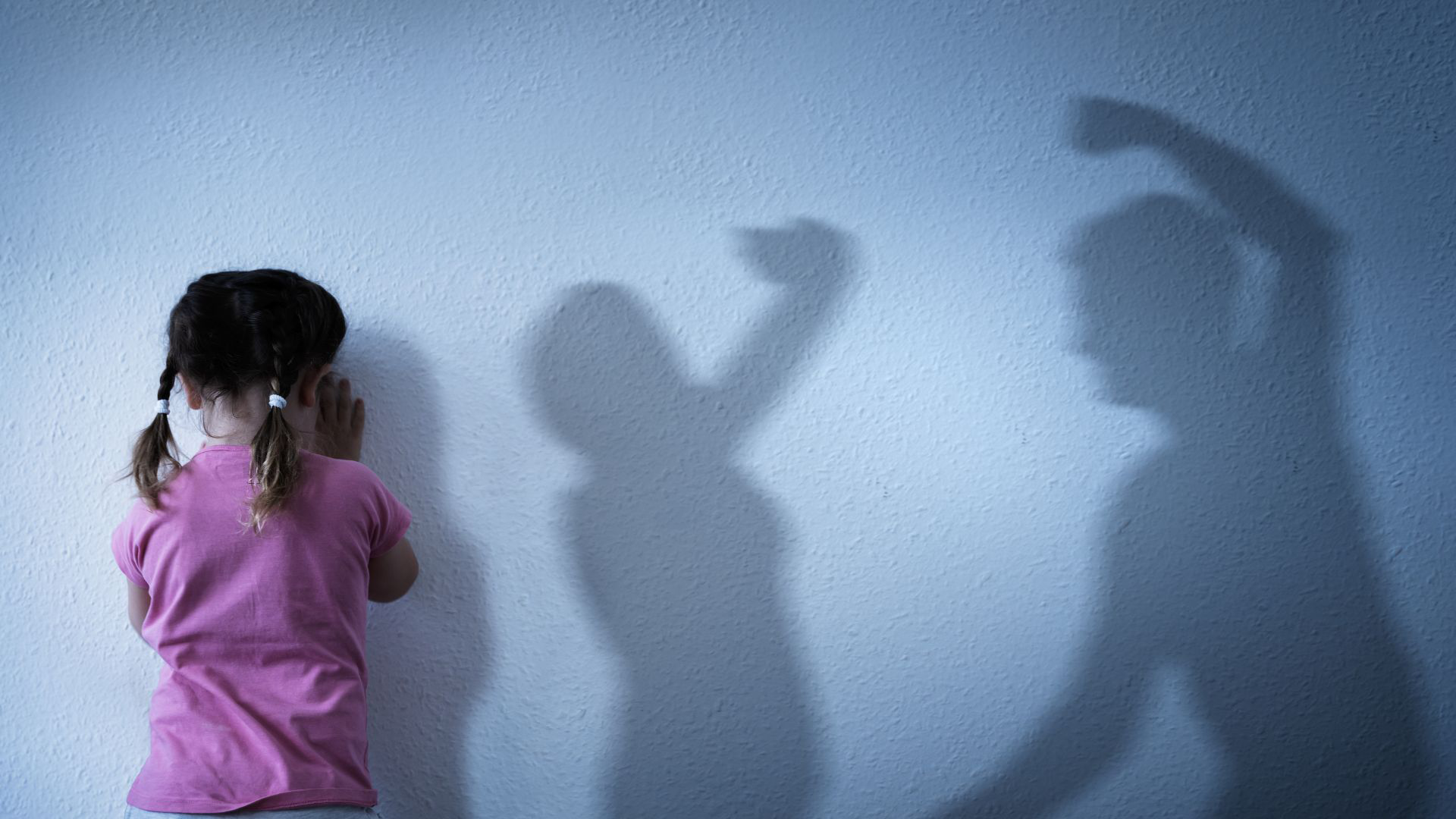
As years passed, Sam became more and more withdrawn. When the girls had gone on a school study trip, her parents found Sam’s diary hidden under the bed. The diary was a graphical novel where the main character was a young girl who hated her life.
The twin’s parents sat and read through the whole diary, quickly realising it is about them and their daughter. They felt broken, not knowing where they went wrong. As tears rolled down their cheeks, the parents promised to seek help to understand their daughter and work on their relationship.
What are Calming Signals in Dogs
Just like Samantha, our dogs also communicate if they are unhappy or stressed about a particular situation. In humans, we speak the same language and are able to say the words. But even at times, just like with Sam, our efforts fall on deaf ears. Dogs can’t speak our language, so they try to communicate with us in their language.
Calming signals are subtle signs shown by a dog with the intention to maintain peace or resolve conflict. Dogs are conflict-avoiding animals because they know getting into fights is not in their best interest. So in order to avoid fights, they have calming signals to clearly tell others that they seek no conflict and want to diffuse a stressful situation.
There are around 30 calming signals used by dogs in various situations. These signals were first observed and studied by Turid Rugaas decades ago. They are still valid in 2022 and have been extremely helpful in understanding what your dog is going through in different situations.
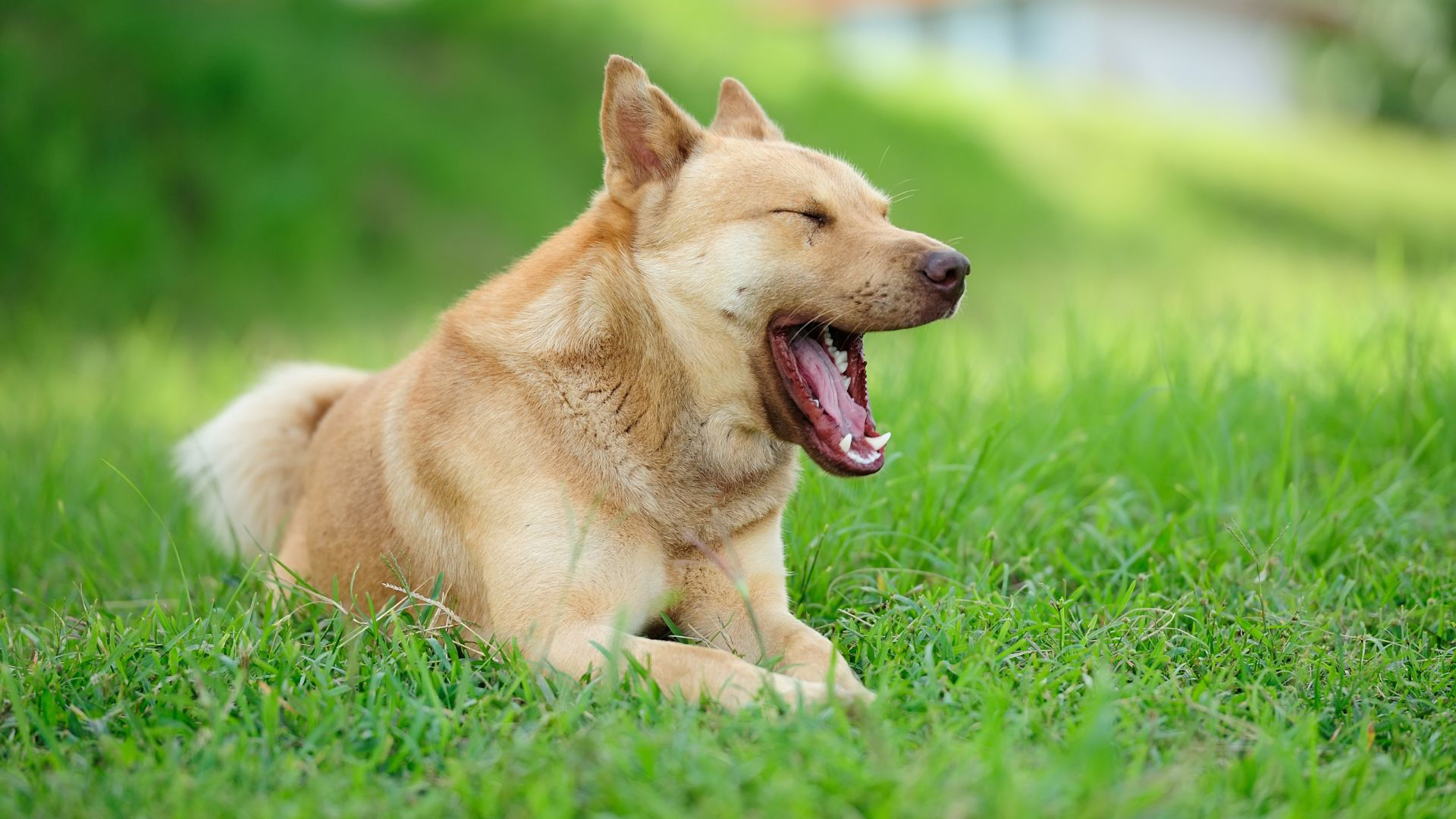
List of calming signals
- Yawning
- Licking their nose
- Lifting one leg/paw
- Turning their head away
- Sniffing the ground
- Play bow
- Sitting down
- Walking in a curve
- Freezing
- Walking slowly
- Lying with belly to the floor
- Whale eyes
- Softening their eyes
And many more. When observing calming signals, we must also be aware of the context. A dog just waking up from a nap and giving a yawn may not be due to stress. It could just be a yawn. However a dog yawning when a stranger is approaching would definitely be a calming signal.
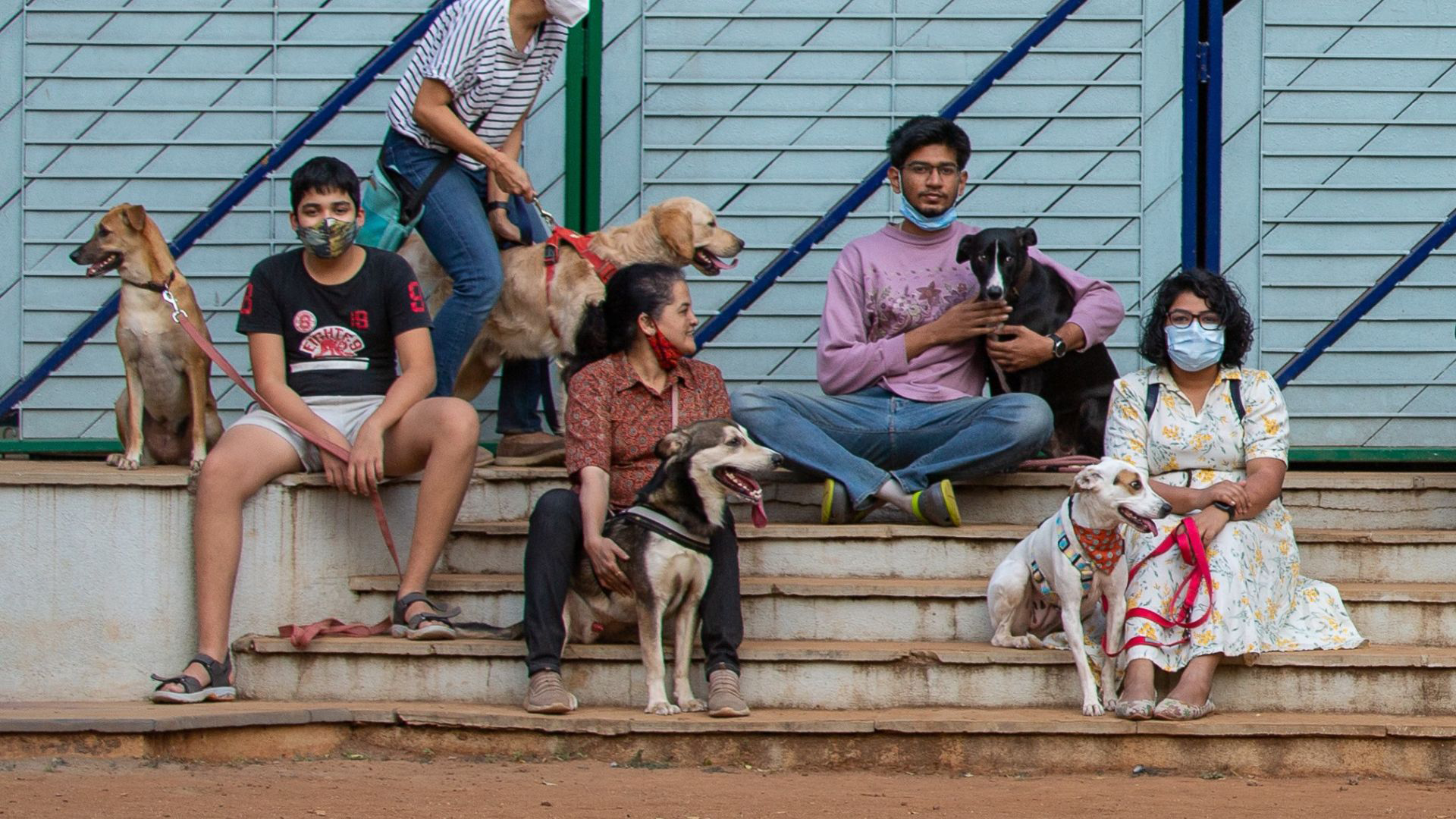
Similarly when two dogs are meeting for the first time, they will communicate several signals to show that they want to keep peace. If the meeting gets tense, the dogs will walk away. However, when on a leash, this might not be an option for the dog. So we should never force a dog to meet another dog when on a leash.
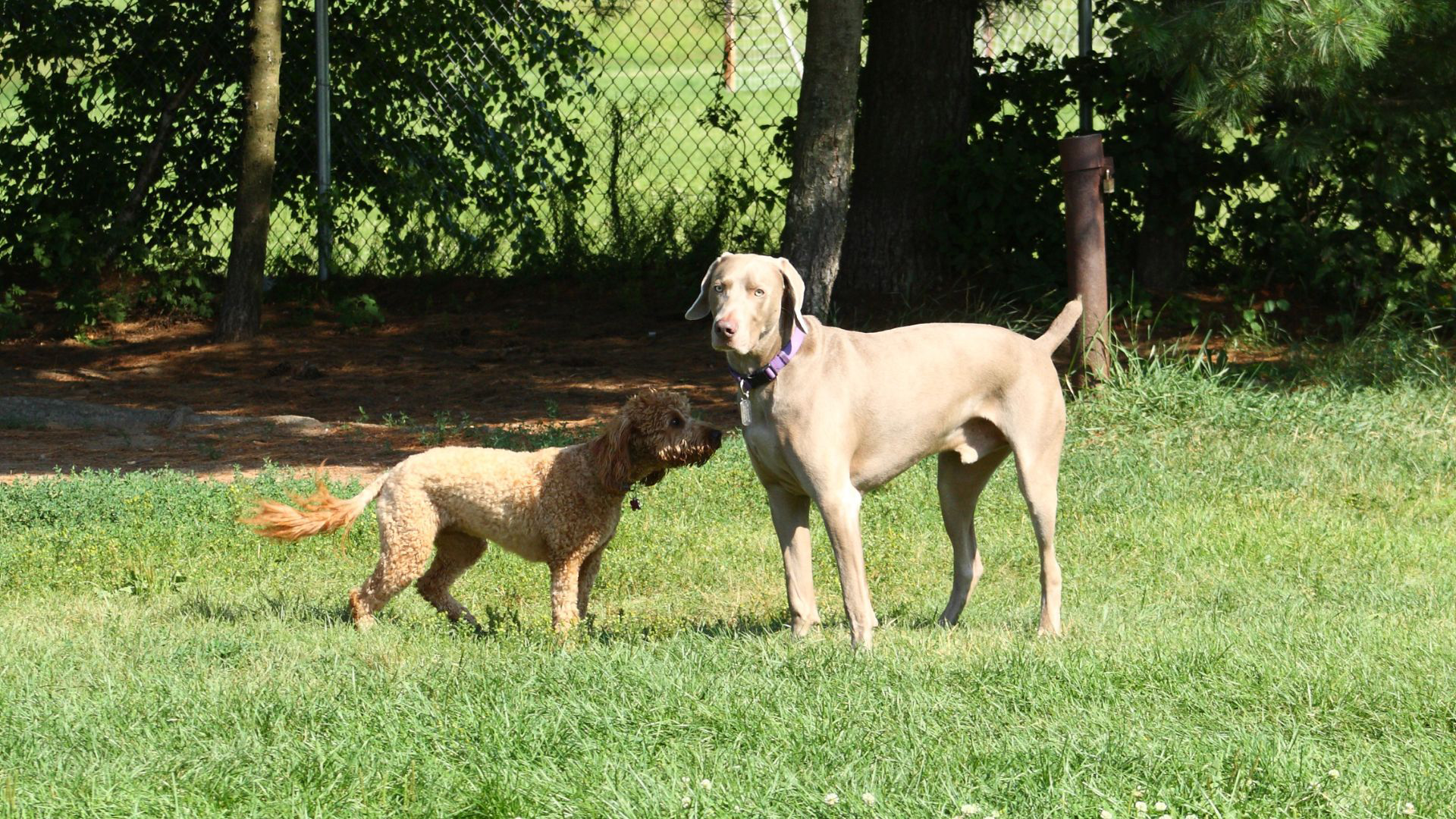
Understanding calming signals helps us understand our dog’s behaviour and emotional responses better. We all want what is best for them and it will be extremely beneficial once we know how they are communicating with us.
References:
- Turid Rugaas – Calming signals
- Book ‘Calming Signals. What your dog tells you.’ by Turid Rugaas
Collars vs Harness – What is the right choice for your dog’s walks?
Collars have...
What is crate training?
We could see...
What is a good walk?
Laurel and Alex...
